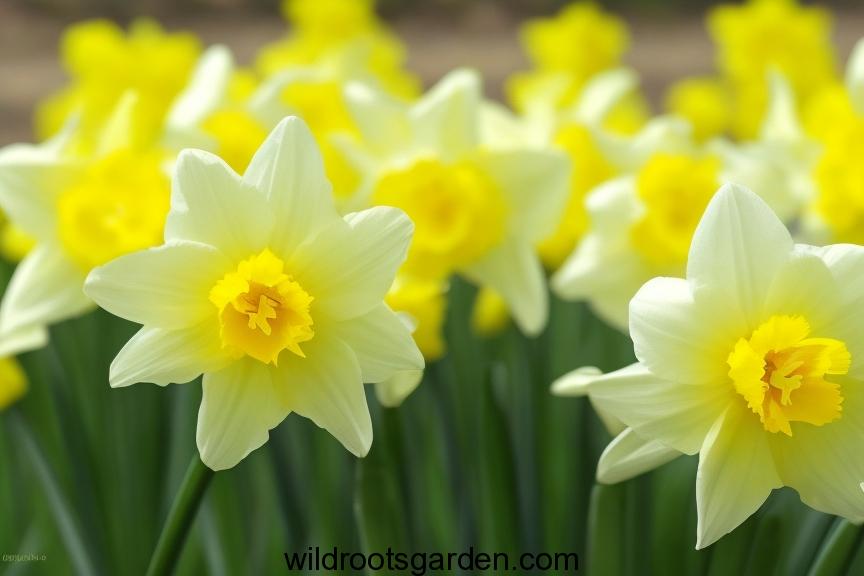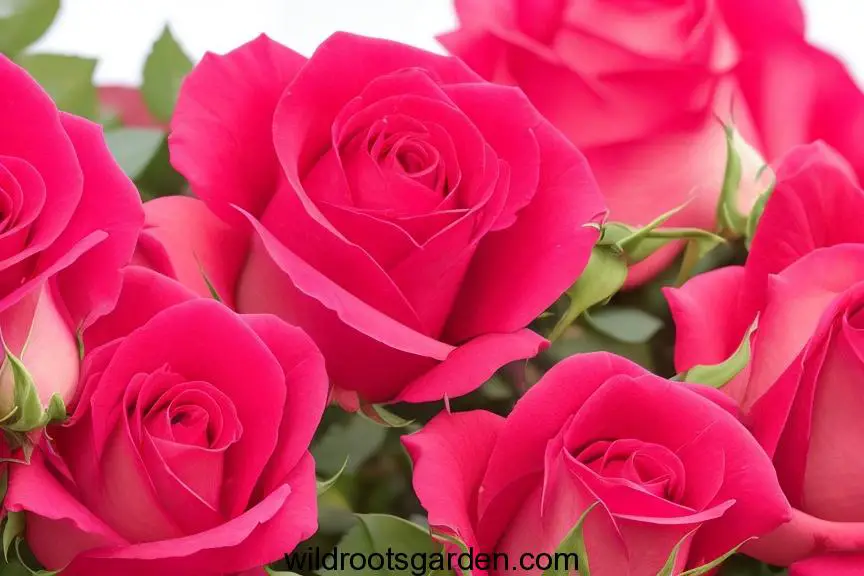Daffodils and Roses: A Comprehensive Guide to Their Edibility and Toxicity In this extensive guide, we explore the fascinating subject of daffodils and roses’ toxicity and palatability to humans. We offer in-depth explanations as subject-matter specialists to assist you in comprehending the possible dangers connected to consuming these lovely blossoms. Let’s examine the safety of consuming daffodils and roses and discuss any possible health issues.
Daffodils: Beauty with Caution

Daffodils are frequently seen in gardens and floral arrangements because of their eye-catching colors and distinctive trumpet-shaped blooms. Daffodils contain poisonous substances, including lycorine and narcissine, despite the fact that they provide outdoor areas with a magical touch. If consumed, these drugs can have negative effects that can range from minor gastrointestinal discomfort to more serious symptoms like nausea, vomiting, and diarrhea.
Toxic Compounds: Lycorine and Narcissine
Lycorine is a natural alkaloid found in daffodils, primarily in bulbs. It acts as a defense mechanism against herbivores, deterring animals from consuming the bulbs. In humans, lycorine can cause digestive disturbances and allergic reactions. Narcissine, another toxic compound, contributes to the bitter taste of daffodils and can lead to stomach upset and more pronounced symptoms if ingested.
Roses: More Than Meets the Eye

Roses, which are frequently regarded as the pinnacle of beauty and love, have petals that are widely utilized in cooking, including in the production of rose water, teas, and preserves. These petals can provide a variety of foods with distinctive flavors and perfumes and are often safe for human ingestion. Not all components of the rose plant are edible, though.
Edible Rose Petals
Rose petals have a delicate, flowery flavor that may be used to enhance both sweet and savory recipes. They are also high in antioxidants. Be sure the rose petals are free of pesticides and other dangerous chemicals before using them in recipes. Rose petals that are edible can be used to make visually appealing sweets, infused drinks, and even as a salad garnish.
Safety Precautions and Responsible Consumption
When it comes to the consumption of flowers like daffodils and roses, exercising caution is paramount. To ensure your safety, keep the following points in mind:
- Identify Edible Parts: Only consume parts of plants that are known to be edible. In the case of roses, petals are generally considered safe, while daffodils should be strictly avoided.
- Avoid Ingesting Toxic Parts: Refrain from ingesting any part of a flower that contains known toxic compounds. In the case of daffodils, this includes bulbs and leaves.
- Know Your Source: If using flowers for culinary purposes, make sure they come from a reputable source and have not been treated with pesticides or chemicals that could be harmful.
Final Thoughts
In conclusion, while roses offer delightful and edible petals that can enhance your culinary experiences, daffodils pose a significant risk if ingested due to their toxic compounds. It’s essential to be aware of the potential hazards associated with consuming flowers and to make informed choices when incorporating them into your diet. By following responsible consumption practices and focusing on the edible parts of flowers, you can enjoy the beauty of these plants without compromising your health.


